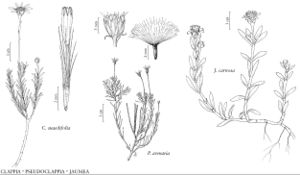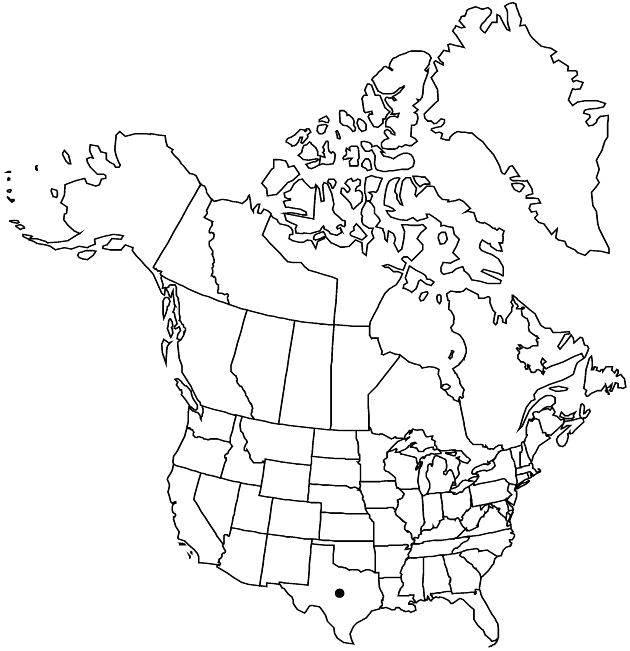Difference between revisions of "Clappia suaedifolia"
in W. H. Emory, Rep. U.S. Mex. Bound. 2(1): 93. 1859.
Illustrated
Treatment appears in FNA Volume 21. Treatment on page 251.
FNA>Volume Importer |
imported>Volume Importer |
||
| (3 intermediate revisions by 2 users not shown) | |||
| Line 1: | Line 1: | ||
{{Treatment/ID | {{Treatment/ID | ||
|accepted_name=Clappia suaedifolia | |accepted_name=Clappia suaedifolia | ||
| − | |accepted_authority=A. Gray | + | |accepted_authority=A. Gray |
|publications={{Treatment/Publication | |publications={{Treatment/Publication | ||
|title=in W. H. Emory, Rep. U.S. Mex. Bound. | |title=in W. H. Emory, Rep. U.S. Mex. Bound. | ||
|place=2(1): 93. 1859 | |place=2(1): 93. 1859 | ||
|year=1859 | |year=1859 | ||
| + | }} | ||
| + | |special_status={{Treatment/ID/Special_status | ||
| + | |code=F | ||
| + | |label=Illustrated | ||
}} | }} | ||
|basionyms= | |basionyms= | ||
| Line 31: | Line 35: | ||
-->{{#Taxon: | -->{{#Taxon: | ||
name=Clappia suaedifolia | name=Clappia suaedifolia | ||
| − | + | |authority=A. Gray | |
| − | |authority=A. Gray | ||
|rank=species | |rank=species | ||
|parent rank=genus | |parent rank=genus | ||
| Line 45: | Line 48: | ||
|publication title=in W. H. Emory, Rep. U.S. Mex. Bound. | |publication title=in W. H. Emory, Rep. U.S. Mex. Bound. | ||
|publication year=1859 | |publication year=1859 | ||
| − | |special status= | + | |special status=Illustrated |
| − | |source xml=https:// | + | |source xml=https://bitbucket.org/aafc-mbb/fna-data-curation/src/2e0870ddd59836b60bcf96646a41e87ea5a5943a/coarse_grained_fna_xml/V19-20-21/V21_623.xml |
|tribe=Asteraceae tribe Heliantheae | |tribe=Asteraceae tribe Heliantheae | ||
|subtribe=Asteraceae (tribe Heliantheae) subtribe Clappiinae | |subtribe=Asteraceae (tribe Heliantheae) subtribe Clappiinae | ||
Latest revision as of 20:13, 5 November 2020
Leaf blades 2–4+ cm. Heads held well beyond foliage. Peduncles 3–8+ cm, distally dilated, fistulose. Ray corollas 8–12 × 1–2 mm. Cypselae 3–4 mm; pappi 3–5 mm. 2n = 32.
Phenology: Flowering year round, mostly spring and fall.
Habitat: Low, often ± saline sites
Elevation: 0–10+ m
Discussion
Selected References
None.
Lower Taxa
None.

